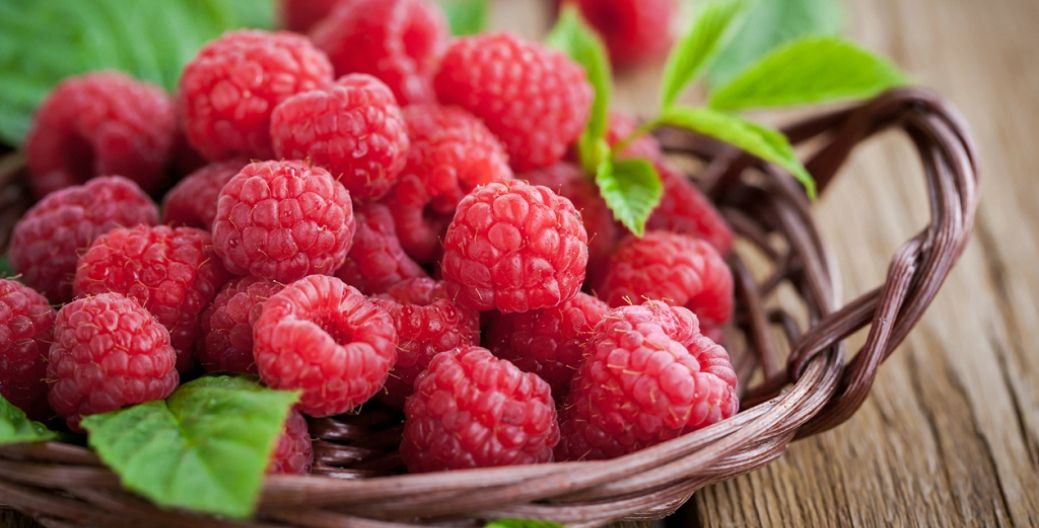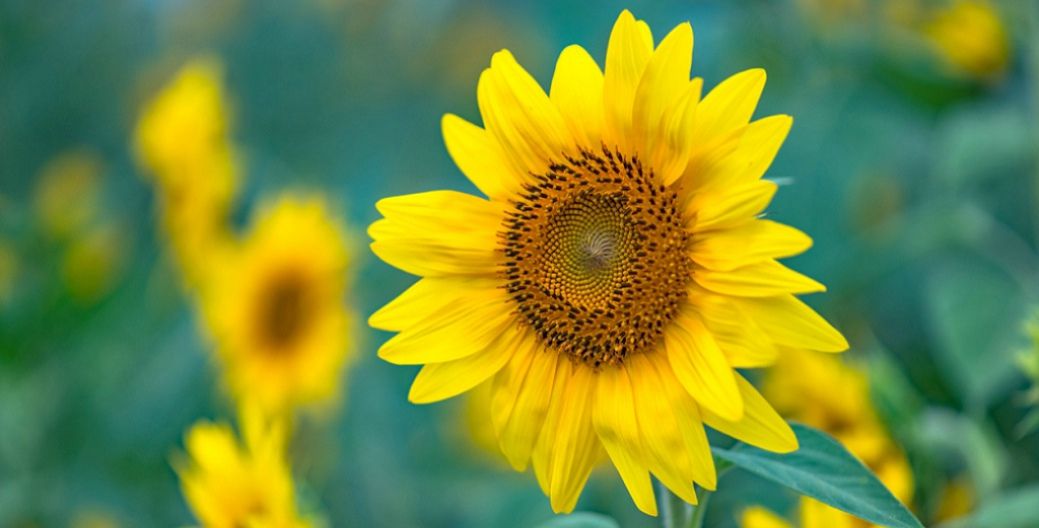Plant Collection Most Common Herb Fragrant plantain lily See More The trademark feature of Asia-native plantain lilies is the numerous glossy oval leaves with deep parallel veins. The Fragrant plantain lily is additionally decorated with strongly fragrant, trumpet-shaped, large white flowers, which are unique in the genus. Hosta plantaginea is one of the favorite cultivatedContinue reading “Most Common Herb”
A. Weather. In hot weather or low temperatures, succulent plants become dormant. Reduce watering, usually once every 1-2 weeks. Since the growth of the plant is stagnates when dormant, its absorption of water and nutrients is quite slow. At the same time, keep the environment dry and ventilated. Frequent watering can cause succulent plants to die due to black rot.
B. Time. In summer, water in the evening to avoid the noon sun, because high heat makes the newly watered soil stuffy, which makes the root system prone to black rot. Timing does not matter in other seasons.
C. State of the succulent. Succulent plants show obvious symptoms when they need water. For example, healthy leaves of Astridia velutina or Lithops sp. wrinkle and even curl up when they are short of water. For some succulent varieties, such as Monilaria obconica and Phyllobolus resurgens, leaves droop and slouch when they are thirsty. That's the signal of water shortage sent by the succulent plant.
D. Soil. You can also determine whether to water by observing the moisture of the soil. For potted succulent plants, you can weigh the pot in your hand to judge the amount of water left in the soil, because the weight of the soil is quite different when there's sufficient or insufficient water. In addition, if there's a gap between the outer edge of the soil and the inner edge of the pot, or the soil surface cracks, that is also a sign of water shortage.
E. Pot. Pots with good air permeability lose water faster, so the frequency can be higher. For porcelain pots or pot without drainage holes, watering frequency should be lower.


Plant Collection Best Perennial Plant to Grow Orange daylily See More The Orange daylily is a perennial plant known for its captivating lily-like blooms. Its natural habitats are meadows and forests, but it is also a common garden plant in temperate regions around the world. Each individual flower lasts only a day, but the plantContinue reading “Best Perennial Plant to Grow”

Plant Collection Best Perennial Plant to Grow China rose See More The China rose (Rosa chinensis) is a Southwest China native. The plant has been cultivated for so long that it has become hard to tell the difference between wild and cultivated varieties. With medium-sized clusters of flowers and a long blooming season, it isContinue reading “Best Perennial Plant to Grow”

Plant Collection Most Common Herb Golden pothos See More The Golden pothos is a popular flowering house plant that’s commonly seen in Australia, Asia, and the West Indies. It goes by many nicknames, including “devil’s ivy,” because it is so hard to kill, and can grow in the dark. Golden pothos has poisonous sap, soContinue reading “Most Common Herb”







